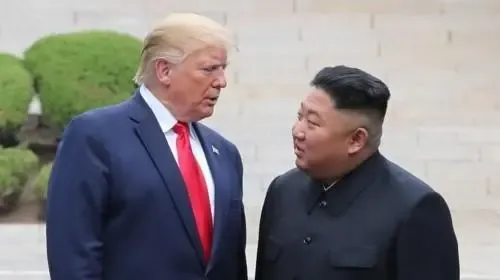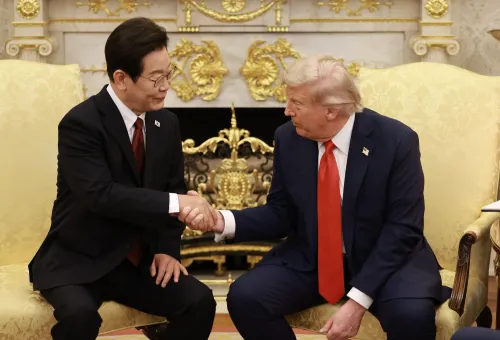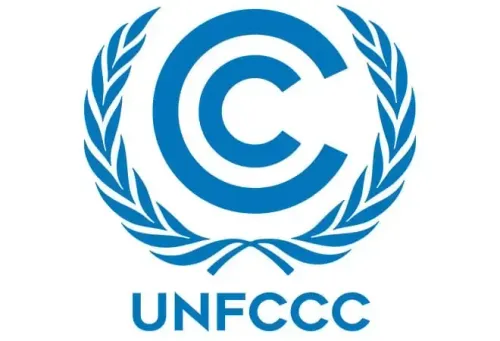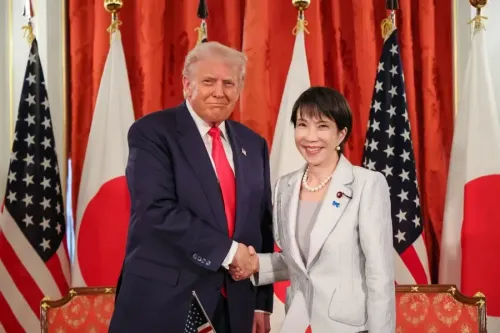What Drives Nepal's Unrest? Regional Power, Debt, and Diplomacy
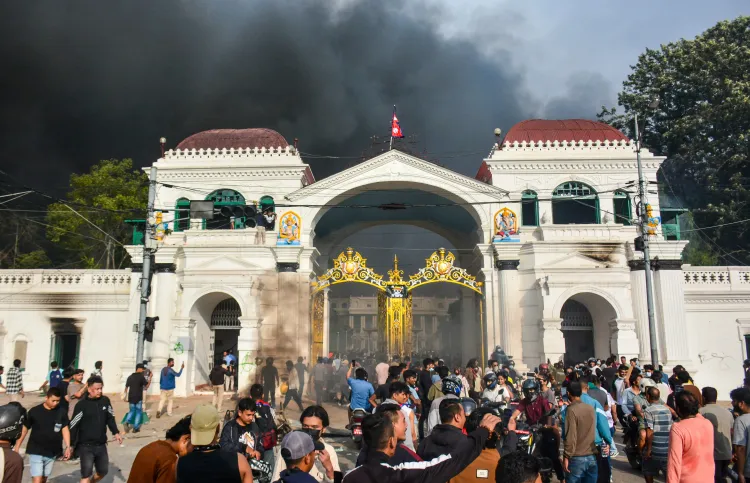
Synopsis
Key Takeaways
- Nepal's unrest is fueled by local grievances mixed with regional power dynamics.
- China's increasing influence in Nepal's politics poses risks of dependency.
- The youth movement is pivotal in challenging the political status quo.
- Historical context is essential for understanding current unrest.
- Corruption linked to infrastructure projects raises alarms about governance.
Kathmandu, Sep 12 (NationPress) The ongoing unrest in Nepal is not merely a product of local grievances; it stems from a complex web of regional power dynamics, financial obligations, and diplomatic relations, according to a report released on Friday.
The disturbances highlight significant geopolitical shifts as well as unresolved internal challenges.
As noted in a report by Eurasia Review, the persistent protests and violence are unlikely to yield any constructive outcomes unless leaders draw lessons from the region’s tumultuous history.
“In South Asia, history indicates that violent protests rarely bring about positive change. Nevertheless, the region continues to witness such turmoil, exacerbating domestic politics in the affected nations. Bangladesh serves as a grim example, engulfed in unrest, and now Nepal faces its own crisis,” the report elaborated.
The political scene in Nepal has been in constant upheaval. Prime Minister K P Sharma Oli, who has served four terms, resigned amid rising unrest following a stringent ban on social media.
The report highlighted that in response to the ban, a youth-led movement called the ‘Voice of Nepal’s Gen Z’ has emerged, challenging the political elite and raising a crucial question about whether a social media blackout was the sole catalyst for such a widespread uprising.
“Historically, Nepal has maintained strong economic and social ties with India, often viewed as an informal extension of India, despite its sovereignty. Recently, however, Nepal has, like other neighboring countries, shifted strategically closer to China. Under Oli's leadership, Nepal’s foreign policy began to mirror Sri Lanka’s during Mahinda Rajapaksa’s administration, where significant borrowing led to a pivot towards Beijing,” the report indicated.
“Even though China professes a non-interference policy, its Ambassador to Nepal reportedly conducted numerous meetings with key leaders of the Nepal Communist Party to negotiate a deal that would ensure Oli remains Prime Minister for a complete five-year term, illustrating China’s growing involvement in Nepal’s domestic matters, further entrenching the nation in Beijing’s orbit,” it added.
In December 2024, Oli visited China, breaking the unspoken diplomatic norm of neighboring leaders first visiting India. The report stated that the Nepalese ambassador to China later denied the existence of such a tradition during an interview in Beijing. During Oli’s visit, Nepal signed multiple agreements under Beijing’s “One Belt One Road” initiative, aimed at transforming Nepal from landlocked to land-linked.
The report cautioned that Sri Lanka serves as a warning with its experience of Chinese loans during Rajapaksa’s presidency, which facilitated the construction of the strategic Hambantota port—ultimately ensnaring Colombo in a “debt trap.”
“The $216 million Pokhara International Airport in Nepal, funded by China Exim Bank, has raised similar alarms and is associated with extensive corruption. Just as the Hambantota port faced scrutiny for potential dual-use, Pokhara Airport has attracted comparable concerns. Allegations have emerged that $71 million from China’s Exim Bank was misappropriated through deals between Chinese firms and Nepali politicians. While some individuals have been charged, investigations have made little progress. The corruption persists, exacerbating political instability,” the report observed.

